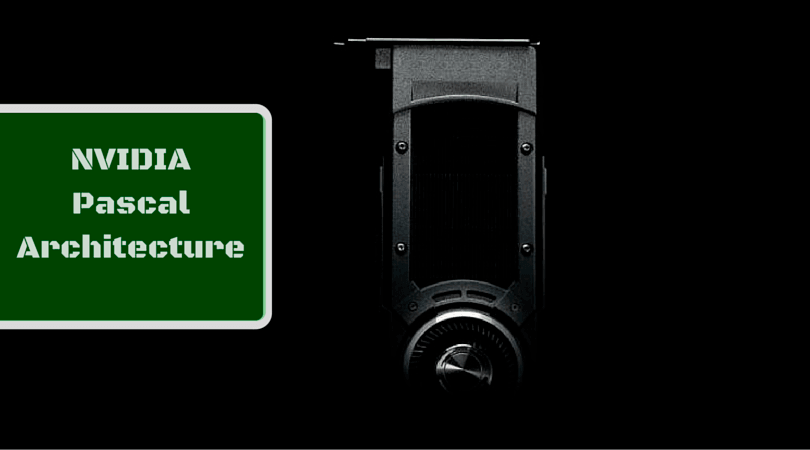NVIDIA has reigned supreme over the graphics card world for some time now, and they don’t appear to be slowing down. With the release of the GTX 10 series graphics cards came with a new GPU microarchitecture, Pascal, that would supersede the Maxwell series. NVIDIA has further explained that there were five technological breakthroughs with the microarchitecture. These five breakthrough along with countless other specifications give this new generation of architecture the significant edge over competitors such as AMD, but what separates this architecture from its past and why? Take a look.
What is GPU Architecture?
GPU architecture is like the host of the graphics card, It is the base that allows you to put different levels of power into each system. The more powerful the architecture, the more it is able to handle. NVIDIA released Pascal microarchitecture with the 1070 and 1080 graphics cards in the late spring of this year. In the case of the Pascal it was built to outlast the largest data workload, perform at high speeds, and scale multiple GPU’s at once. When comparing the GTX 1080 with a Pascal architecture compared to its predecessor, the GTX 980 with Maxwell architecture, it soared above it.
Capabilities
NVIDIA has already come to the front of the stage to announce their new graphics card with GP104 architecture that dominates the field compared to their previous model. Off the bat the Pascal architecture in the GTX 1080 trumps the GTX 980 with the Maxwell with four more streaming multiprocessors. This is the part of the GPU that runs CUDA cores and in this circumstance combines 128 cores at a time. The 1080 comes packed with the ability to carry 20 SM’s that total 2560 cores and 160 texture units. Along with being able to handle that amount of CUDA cores, GP104 architecture allows you to have some of the highest clock rates on the market. In the GTX 1080 you can see up to 1733MHz of boosted clock speed.
How it compares
Our friends over at Tom’s Hardware laid out the specs of each in a clear cut fashion. After laying it out it appears that the Pascal architecture in the 1080 stands clear over the previous make. Anyone who follows these processors is looking for a few things, especially clock speed and GFlops. If you have a custom computer that is in need of the highest quality than look no further than purchasing a high end GTX 1080 that has over 500mhz of boosted clock speed than the GTX 980. Along with that, GP104’s single-precision compute performance has the ability to top out at 8228 GFlops with a base clock speed opposed to the likes of the GM204 that was only able to hit a max of 4612 GFlops. When it comes to the reaming specs between the abilities of the new and old architecture, the Pascal reigns supreme in almost every category including texture units, telex fill rate, memory data rate, and memory bandwidth.
Conclusion
There isn’t much else to conclude here besides the fact that Pascal architecture is the true way to go when it comes to this generation graphics cards. The overwhelming ability of the Pascal makes it a clear cut choice for enhancing your custom computer. While the Polaris architecture from AMD may come at a cheaper price, even with a crossfire graphics card it will still have trouble living up to the standard NVIDIA has set. If you need industry leading quality, look no further than the investment in an NVIDIA graphics card with Pascal architecture.









No comments yet